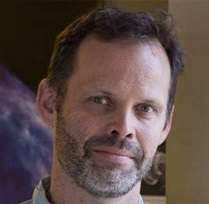S22. Hot and Cold Relics of the Big Bang
- Page ID
- 32748
Exercise 22.1.1
- Answer
-
Photon freeze-out is when reactions that change photon number become slow. This is at \(z \sim 10^7\). The later epoch of \(z \sim 10^3\) is when photons stop, for the most part, interacting with matter. This is when the universe transitions from an opaque plasma to a transparent neutral gas.
Exercise 22.1.2
- Answer
-
The weaker the interaction, the earlier the reaction rates will become slow for the reactions that change the particle number, so the earlier freeze-out will occur.
Exercise 22.1.3
- Answer
-
Because for hot relics, \( n \propto a^{-3} \) applies whether in equilibrium or out. In contrast, for cold relics, staying in equilibrium means the abundance faces Boltzmann suppression.
Exercise 22.1.4
- Answer
-
Because, at a given temperature, more degrees of freedom mean a greater energy/mass density and therefore greater expansion rate via the Friedmann equation \(H^2 = 8\pi G \rho/3\).
Exercise 22.2.1
- Answer
-
Weaker interactions means earlier freeze out when there has been less Boltzmann suppression.
Exercise 22.2.2
- Answer
-
The particles might be thermally produced in the big bang. If they are stable, they will contribute to the mass density, and therefore the expansion rate, over time. They could potentially change the predictions of big bang nucleosynthesis.


